No products in the cart.
Soil & Water Management
Smart Irrigation Systems: How AI Is Revolutionizing Water Management in Agriculture
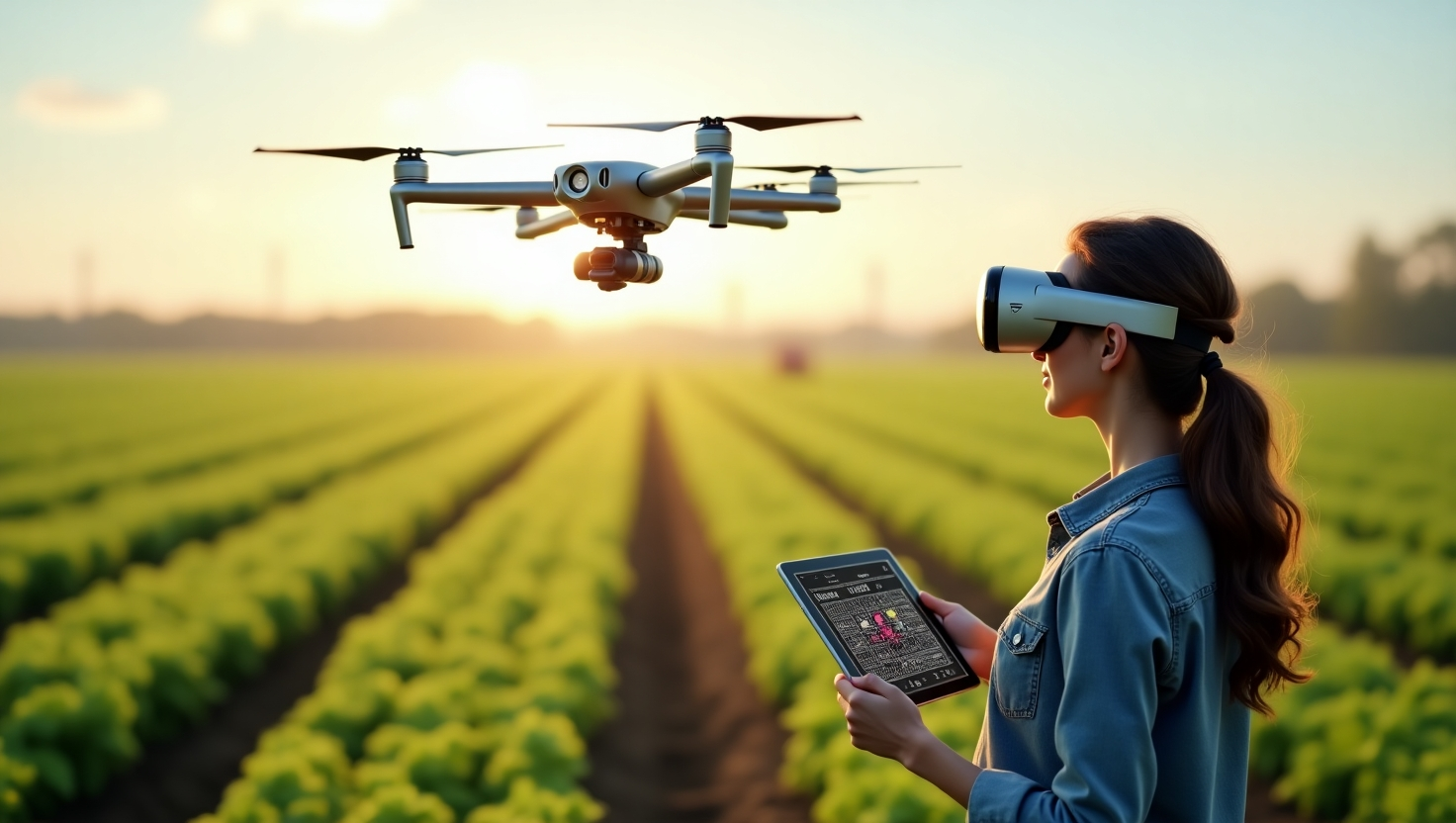
1. Introduction:
Water is one of agriculture’s most vital yet limited resources. As climate change intensifies and water scarcity grows, farmers are under increasing pressure to manage irrigation more efficiently. Traditional methods, often based on fixed schedules rather than real-time needs, lead to overwatering, crop stress, and unnecessary waste. That’s where ai irrigation systems come in.
By integrating AI in agriculture, these systems are reshaping how farms use water. Using real-time weather updates, soil moisture sensors, and machine learning algorithms, AI-powered irrigation systems deliver precise amounts of water exactly when and where crops need it most. This technology not only improves water management in agriculture but also boosts crop yields and reduces operational costs.
Whether you’re managing a small family farm or a large commercial operation, the potential to save water, improve sustainability, and increase profitability through AI is too significant to ignore. In this article, we’ll explore how smart irrigation is driving the future of sustainable farming, and what it means for growers across the globe.
2. The Evolution of Irrigation in Agriculture
Irrigation has long been central to agriculture, from ancient canal systems in Mesopotamia to the sprinkler and drip irrigation technologies widely used today. While these traditional systems represented major advancements in their time, they often lack the precision and adaptability required for modern sustainable farming.
Historically, farmers relied on fixed schedules or manual inspections to determine when and how much to irrigate. These approaches, though convenient, frequently lead to overwatering, nutrient leaching, and higher water bills. As climate patterns become more unpredictable and groundwater levels continue to decline, the need for efficient water management in agriculture has grown urgent.
Enter AI-powered smart irrigation systems, which represent the next leap in farming innovation. These systems don’t just automate watering, they analyze data from sensors, weather forecasts, and satellite imagery to make informed decisions in real time. By learning crop needs and environmental conditions, AI is redefining how we conserve water and grow food.
As we move forward, understanding this evolution helps illustrate why adopting smart irrigation technology is more than an upgrade, it’s a necessity for climate-resilient agriculture.

3. How Smart Irrigation Systems Work
At the heart of smart irrigation systems lies a powerful combination of AI, real-time sensors, and cloud-based analytics. Unlike traditional systems that water crops based on fixed schedules, smart systems gather and analyze data to make dynamic decisions about when, where, and how much to irrigate.
These systems rely on soil moisture sensors, weather forecasting APIs, satellite imagery, and even drone surveillance to assess field conditions. AI algorithms process this data, learning the patterns of each crop and predicting water needs with high accuracy. The result? Water is only used when it’s truly needed, preventing over- or under-irrigation.
IoT devices and machine learning models work together to monitor environmental conditions and plant health in real-time. This level of precision allows farmers to reduce waste, optimize yields, and minimize costs. Some platforms even provide mobile alerts or automated system controls, giving farmers full visibility and control from anywhere.
This smart ecosystem transforms water management in agriculture into a data-driven process, making it not just smarter, but also more sustainable and scalable.
4. Key Benefits of AI in Irrigation
Smart irrigation systems offer more than just convenience, they deliver measurable benefits that can transform modern farming. One of the most impactful advantages is water savings. AI-driven irrigation can reduce water usage by up to 30%, ensuring that every drop counts in water-scarce regions.
By analyzing real-time data, these systems help avoid overwatering, which can lead to root diseases and wasted nutrients. Instead, crops receive the right amount of moisture at the right time, improving crop yields and quality. This precision approach is especially valuable for sustainable farming and meeting food production demands without straining natural resources.
AI also cuts down operational costs. With automated decision-making, farmers spend less on labor and resources while gaining more control over irrigation schedules and system performance. In commercial farms, this can lead to thousands of dollars in annual savings.
Finally, AI systems offer better environmental stewardship. Reduced water runoff, optimized fertilization, and lower energy use contribute to a more eco-friendly farming model, making smart irrigation not just a smart choice, but a responsible one.
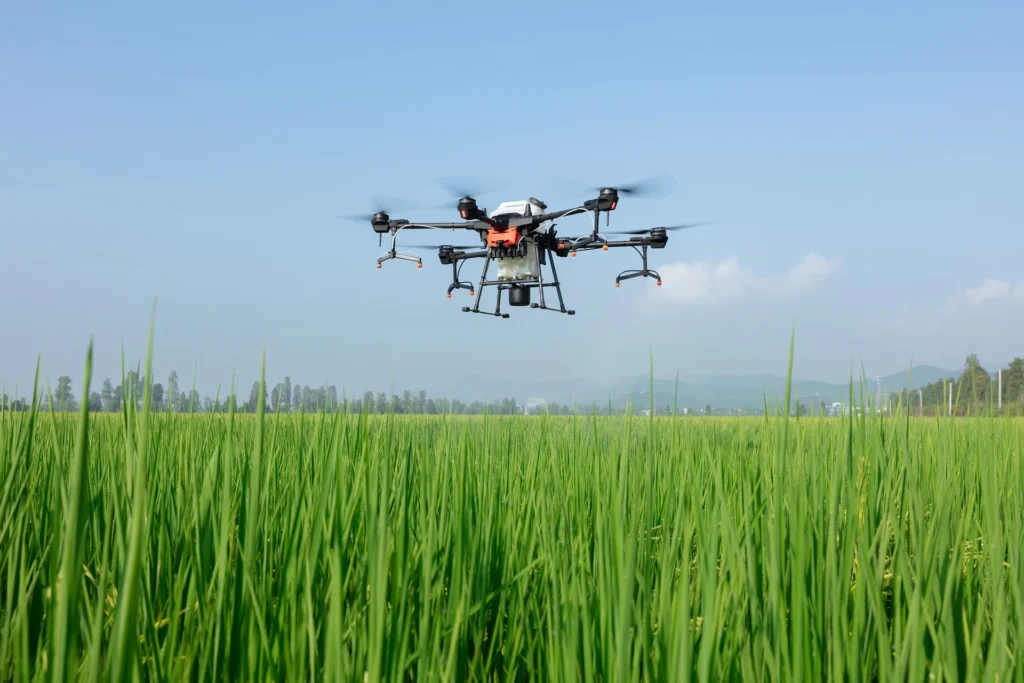
5. Real-World Use Cases and Success Stories
AI-powered smart irrigation systems aren’t just theoretical, they’re already making a significant impact in real-world farming operations. For example, California’s wine grape growers have implemented AI-driven platforms to monitor soil moisture and weather conditions. As a result, they’ve reduced water use by 25% while maintaining high crop quality.
In India, smallholder farmers are using smartphone-integrated irrigation systems powered by machine learning and IoT. These setups offer real-time advice on irrigation timing based on local weather data and soil conditions, leading to better yields with fewer inputs. One cooperative reported a 20% increase in harvest output and a 30% drop in water consumption.
Large-scale farms in Australia and Israel are also leveraging satellite imagery combined with AI to optimize water delivery across hundreds of acres, proving that this technology scales effectively across farm sizes.
These success stories illustrate the global versatility and scalability of AI in water management in agriculture. Whether it’s a vineyard or a rice field, smart irrigation is helping farmers save resources, increase profits, and move toward a more sustainable future.
6. Challenges and Considerations
While AI-powered irrigation systems offer immense potential, adopting them comes with challenges that farmers must consider. One major hurdle is the initial investment, smart irrigation technology can be expensive, particularly for small-scale farmers. High costs for sensors, software, and installation may deter adoption despite long-term savings.
Another concern is technical complexity. Not all farmers are tech-savvy, and managing data dashboards, troubleshooting hardware, or understanding analytics can be intimidating. This often requires training or hiring support, which adds to the cost.
Moreover, connectivity issues in rural areas can limit the effectiveness of real-time monitoring. Without stable internet or mobile networks, the system’s ability to gather and act on live data may be compromised.
Data privacy is also a rising concern. As more agricultural data is collected, stored, and shared via cloud services, protecting sensitive farm information becomes critical.
Despite these challenges, the growing demand for sustainable farming and smart water use makes it clear that solutions like subsidies, training, and simplified user interfaces are key to broader adoption.
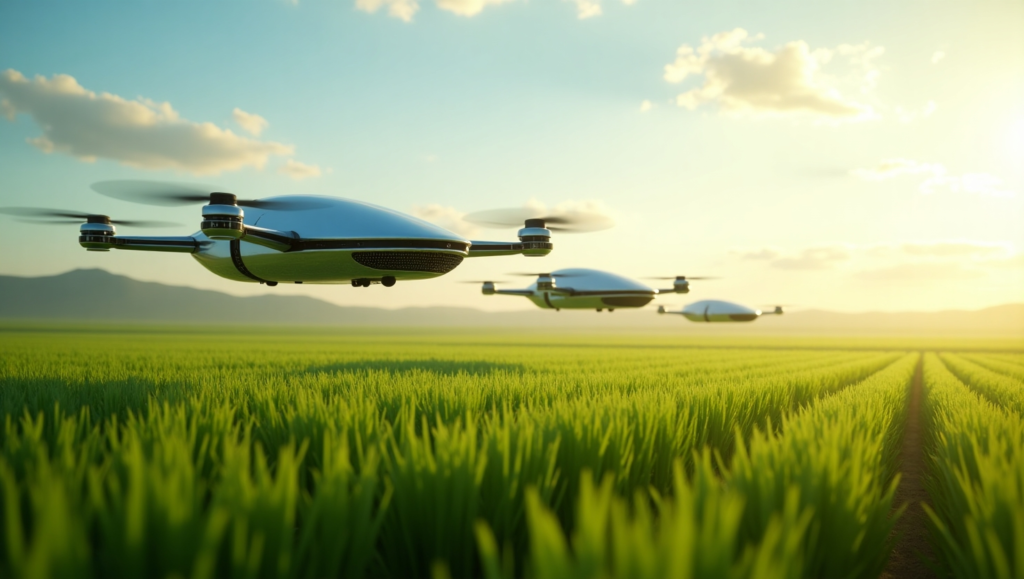
7. The Future of AI in Irrigation
The future of AI in irrigation looks incredibly promising, with advancements in both technology and application. As AI algorithms become more sophisticated, we can expect even greater precision in irrigation practices. In the coming years, predictive analytics will allow farmers to anticipate environmental changes and adjust watering schedules ahead of time, ensuring crops get the right amount of water even before a drought or heatwave hits.
Moreover, integration with other technologies like drones and autonomous tractors will further streamline irrigation management. This interconnected ecosystem will not only boost productivity but also enhance resource efficiency on a global scale.
As more farmers adopt AI-driven solutions, the collective data will contribute to the development of smarter, more adaptive irrigation systems. These systems will become even better at optimizing water use and improving crop health, contributing to global efforts towards sustainable farming and climate resilience.
With increasing government support and technological innovation, AI is set to become a cornerstone of modern water management in agriculture, making farming more efficient, sustainable, and profitable in the years ahead.
8. Conclusion & Call to Action
AI-powered smart irrigation systems are transforming water management in agriculture, offering a sustainable, cost-effective solution to one of the most pressing challenges of modern farming. By integrating real-time data, machine learning, and advanced sensors, these systems help farmers use water more efficiently, increase crop yields, and reduce operational costs, making them an essential tool for the future of agriculture.
As the technology continues to evolve, the benefits of smart irrigation will only grow, offering even more precision and adaptability in managing water resources. Whether you’re a small-scale grower or a large commercial farm, now is the time to embrace the future of irrigation.
If you’re ready to make your farming operation more sustainable, efficient, and profitable, explore the possibilities of AI-powered smart irrigation. Start integrating this technology today, and take the first step towards a more water-efficient and profitable future in agriculture.
FAQs:
Q1. What are smart irrigation systems and how do they work?
Smart irrigation systems use AI and sensors to deliver precise amounts of water to crops based on real-time data like soil moisture, weather, and crop type. This minimizes water waste and optimizes crop growth.
Q2. What are the key benefits of AI in irrigation?
AI in irrigation improves water efficiency, boosts crop yields, reduces operational costs, and promotes sustainable farming by providing real-time, data-driven irrigation decisions.
Q3. How much water can AI irrigation systems save?
AI-powered systems can save up to 30% of water usage by ensuring irrigation happens only when and where it’s needed, reducing both waste and cost.
Q4. Can small-scale farmers use AI irrigation technology?
Yes, even small-scale farmers can benefit from AI irrigation systems. There are affordable, mobile-integrated solutions that allow farmers to manage irrigation remotely, improving water use efficiency.
Q5. What challenges exist when adopting AI irrigation systems?
The main challenges include high upfront costs, technical complexity, connectivity issues in rural areas, and concerns about data privacy. However, the long-term savings and benefits make it a worthwhile investment for many farmers.
Related Articles
Soil & Water Management
How AI Can Help Young Farmers Succeed in U.S. Agriculture
1. Introduction: Farming in the United States is at a crossroads. With...
Soil & Water Management
AI and Sustainable Farming: Can Technology Save the Planet?
1. Introduction: Can the very industry that feeds the world also be...
Soil & Water Management
AI for Seed Selection: Choosing the Right Crops for Maximum Yield
1. Introduction: Every successful harvest begins with one critical decision, choosing the...
Soil & Water Management
AI in Soil Health: How Smart Tech is Improving Crop Productivity
1. Introduction: Healthy soil is the foundation of a productive farm, but...
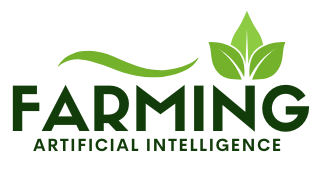

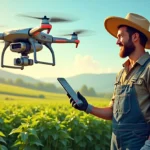
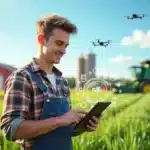

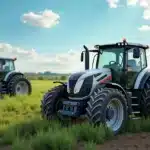

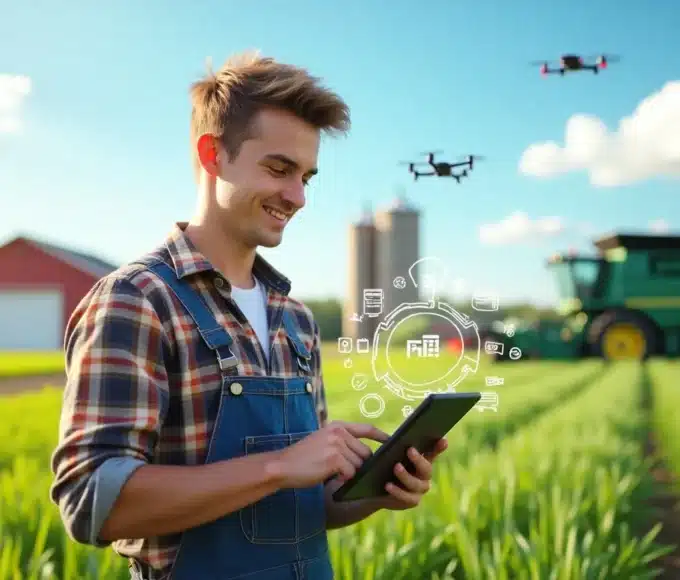
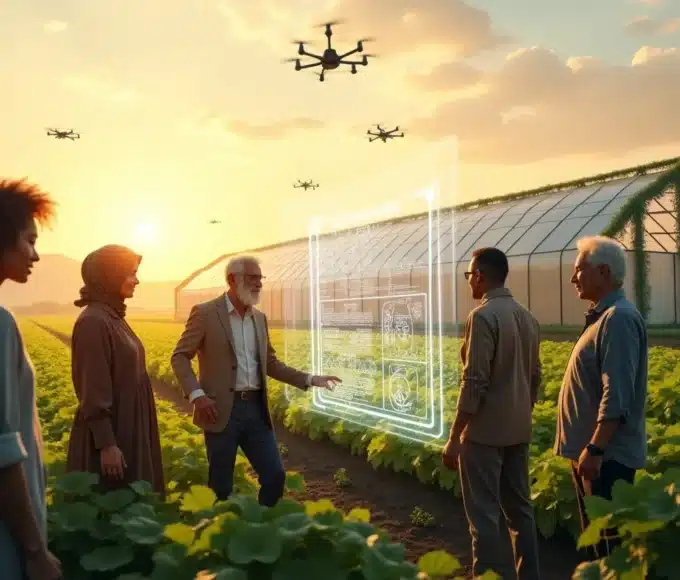
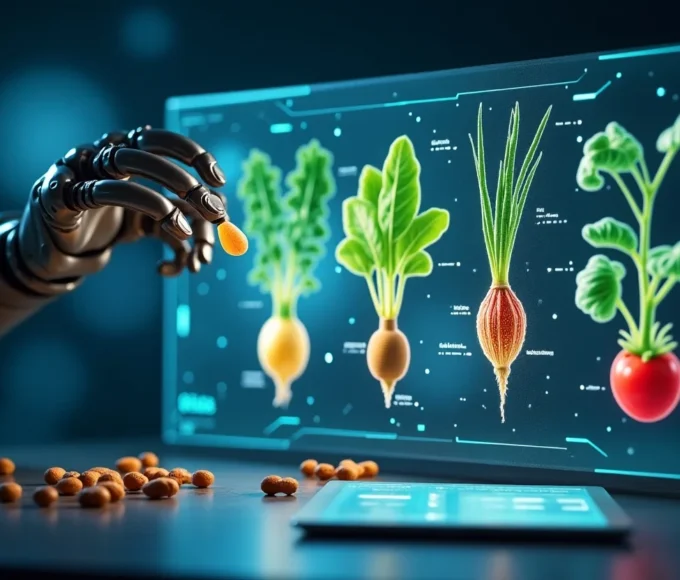
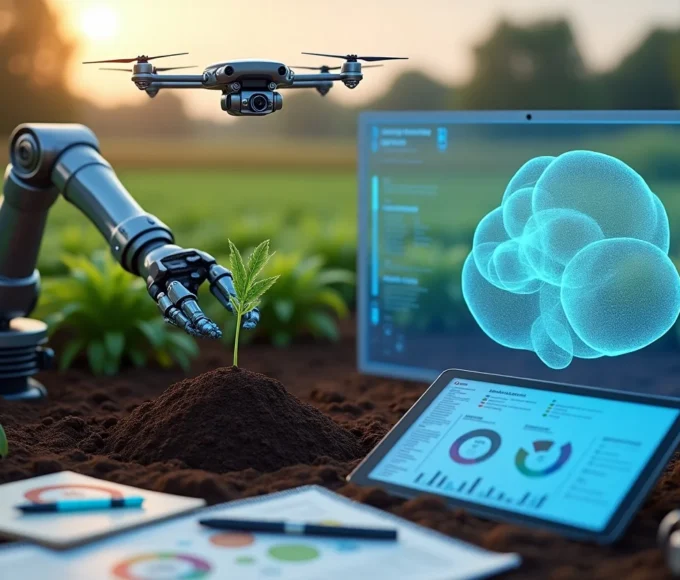
Leave a comment